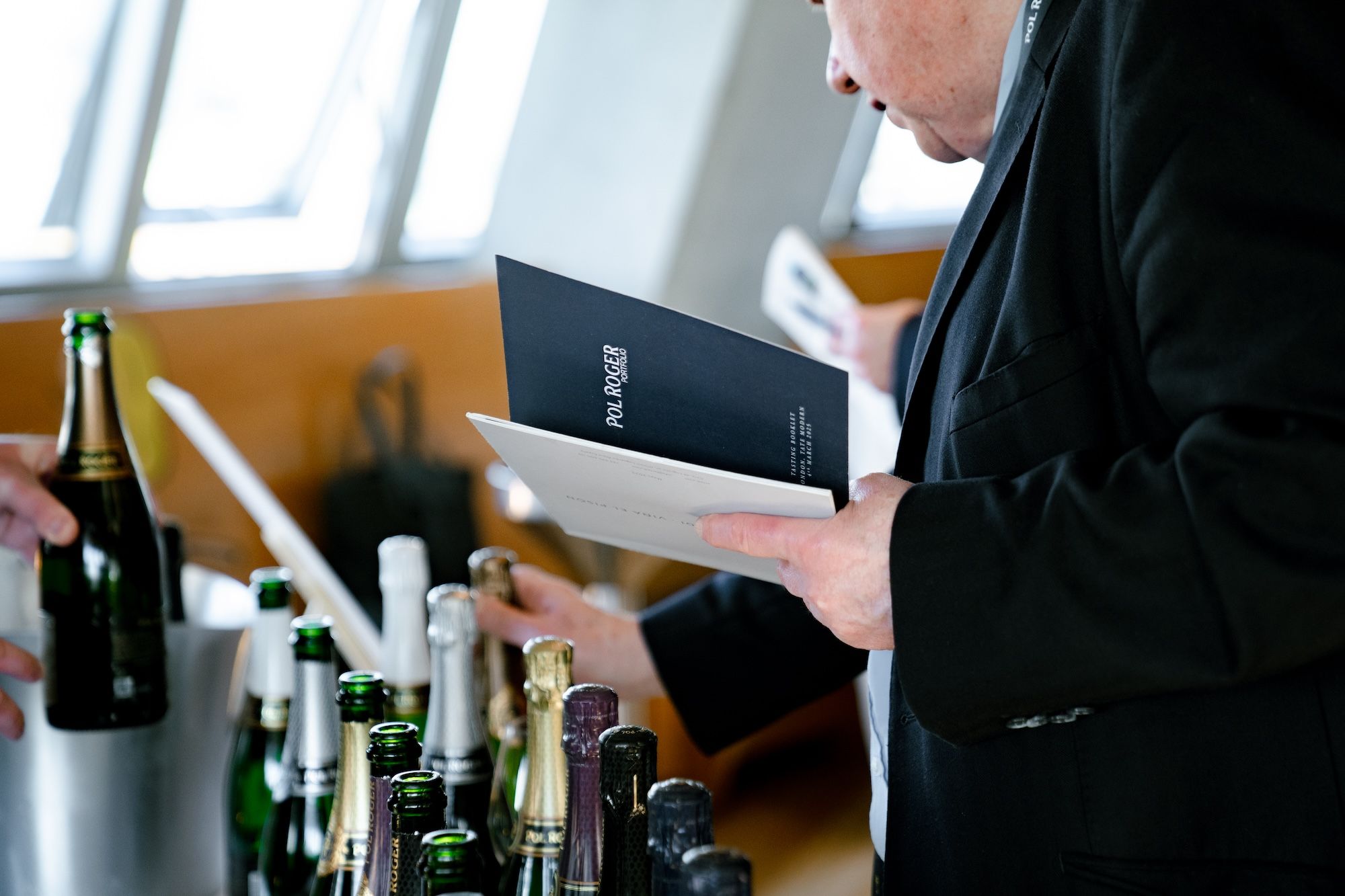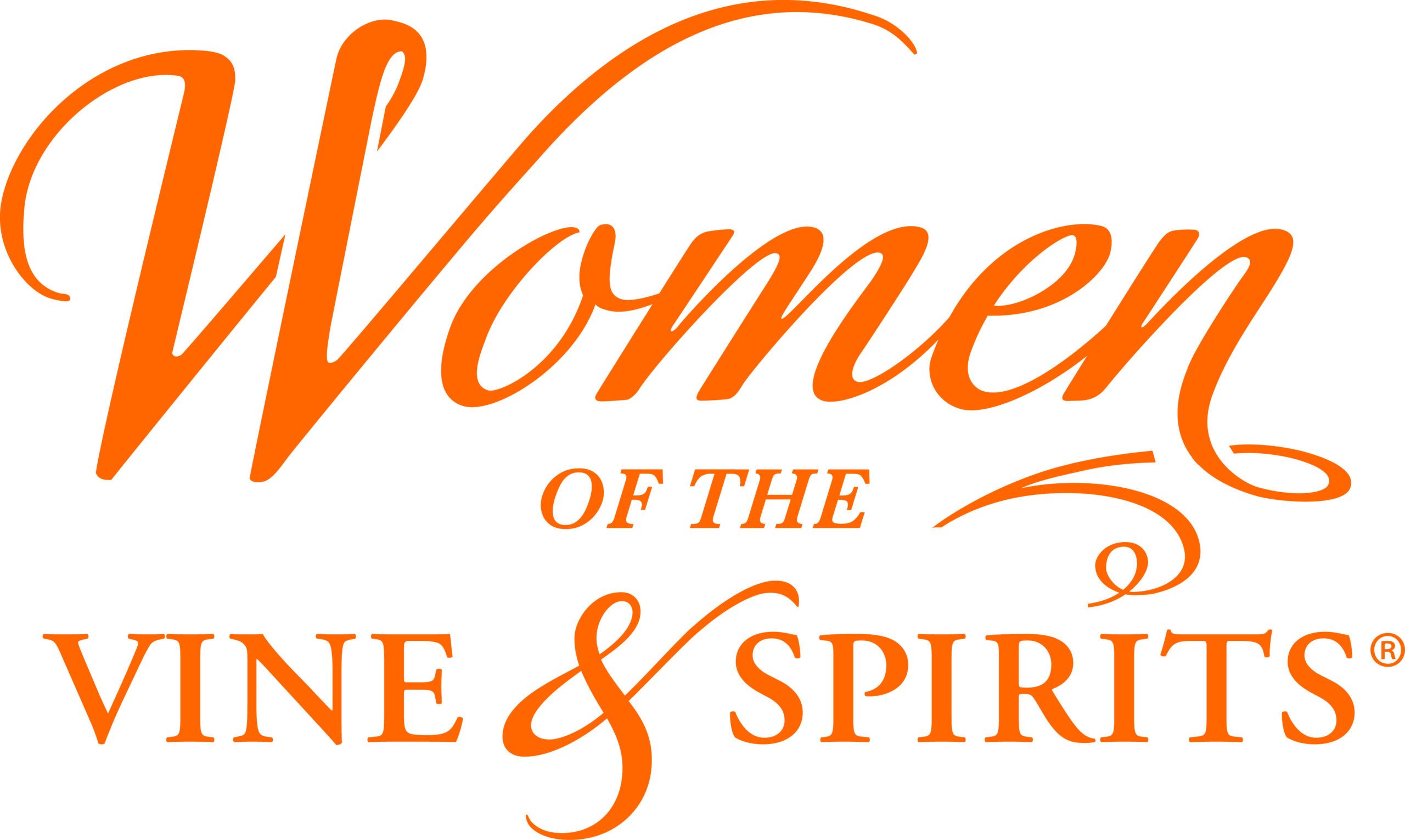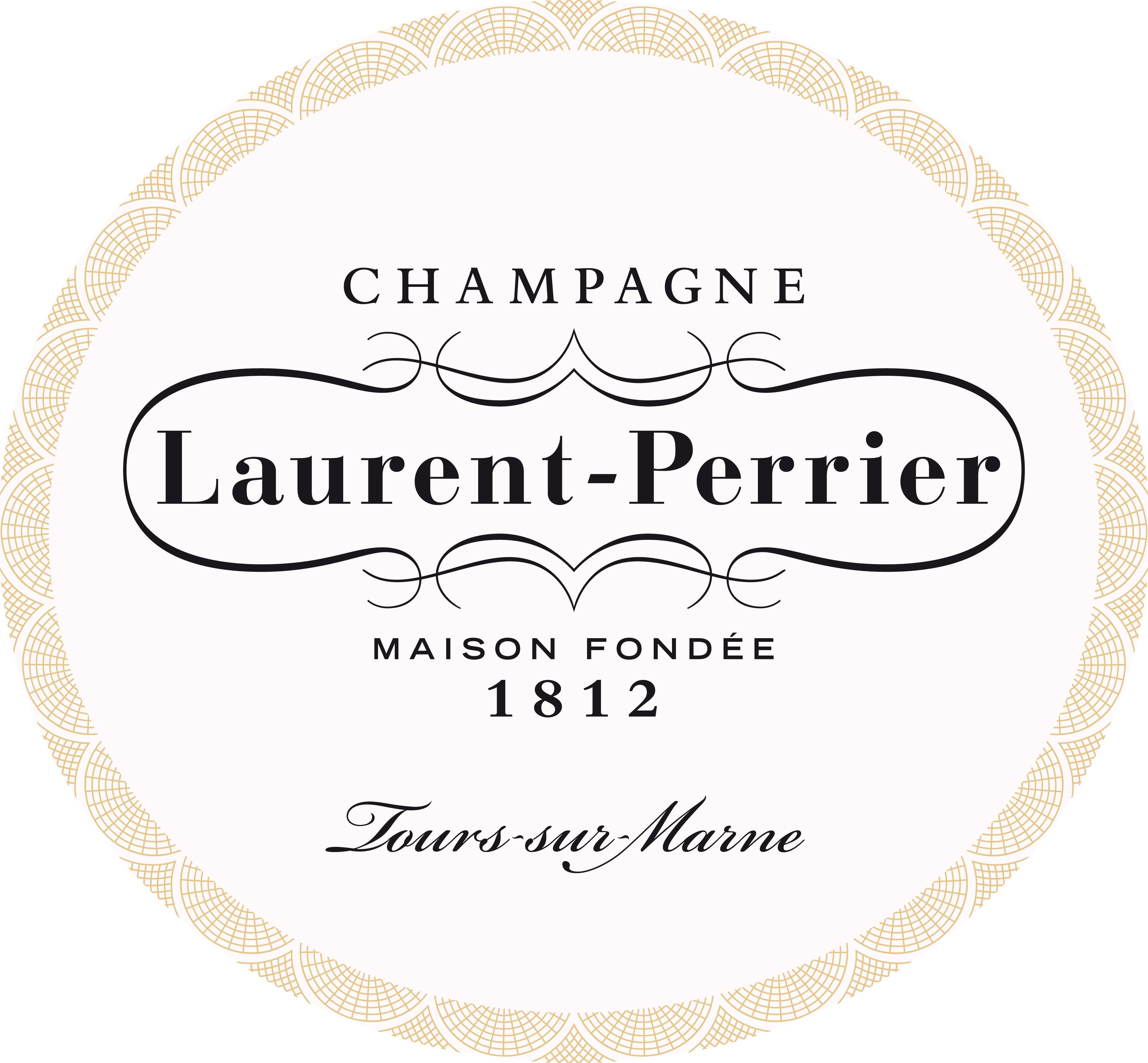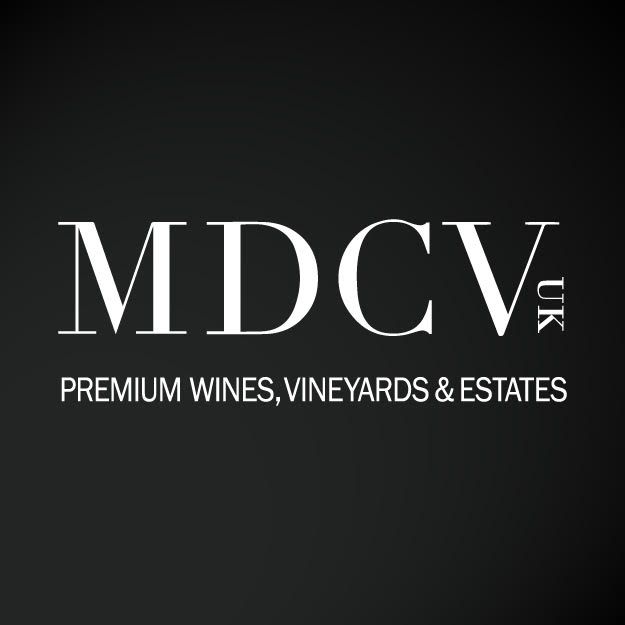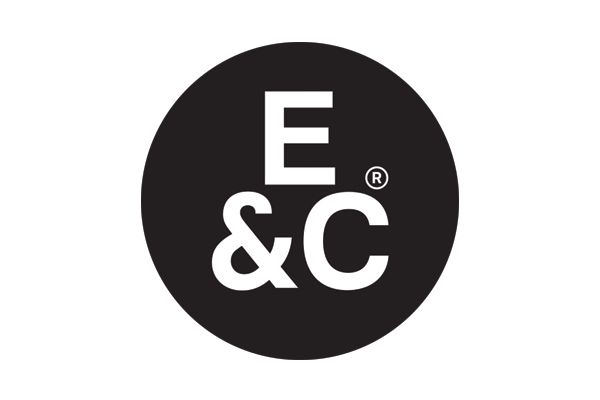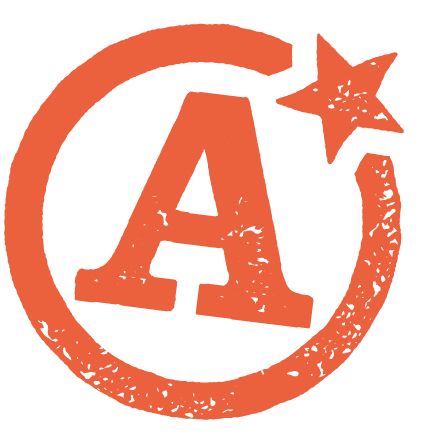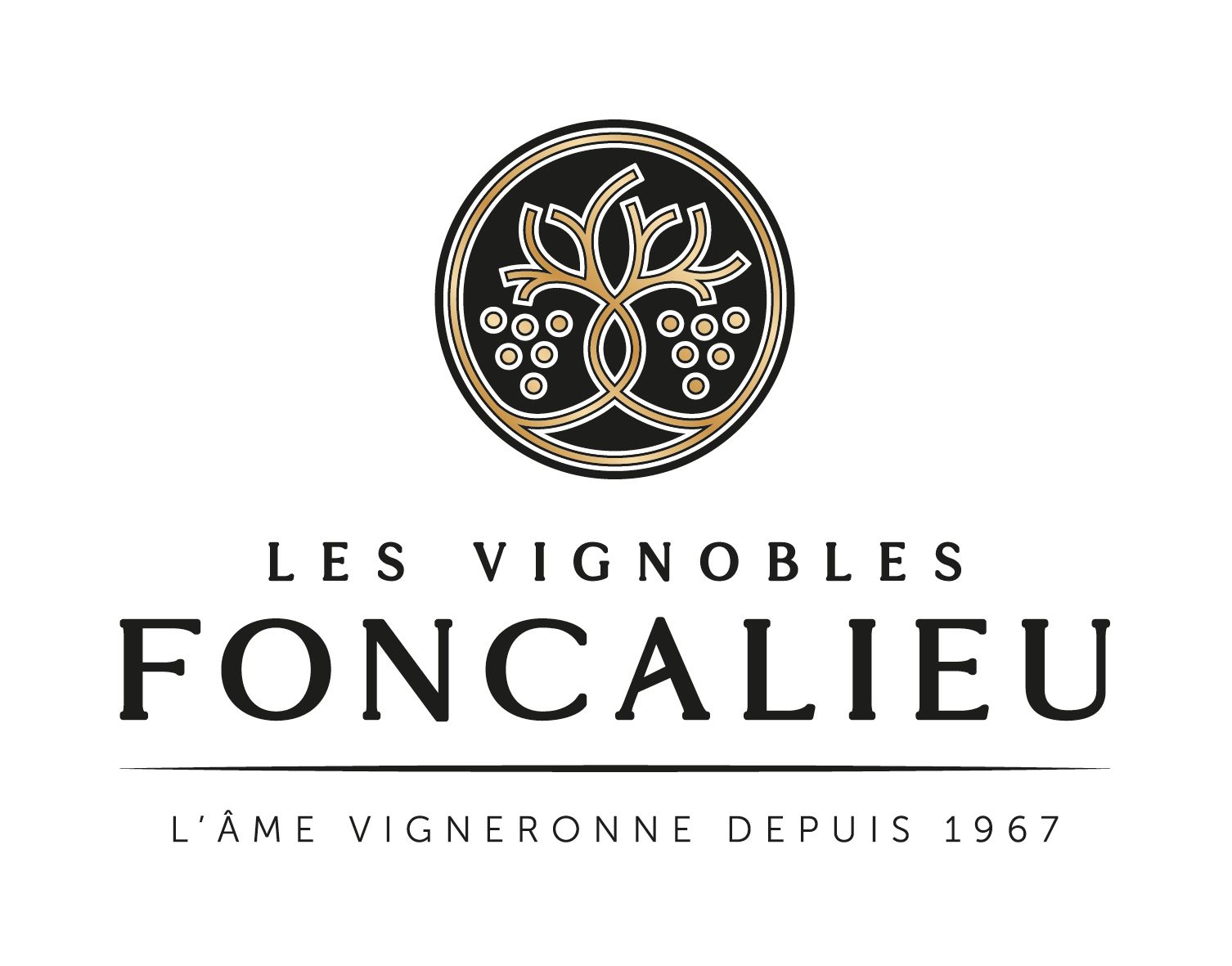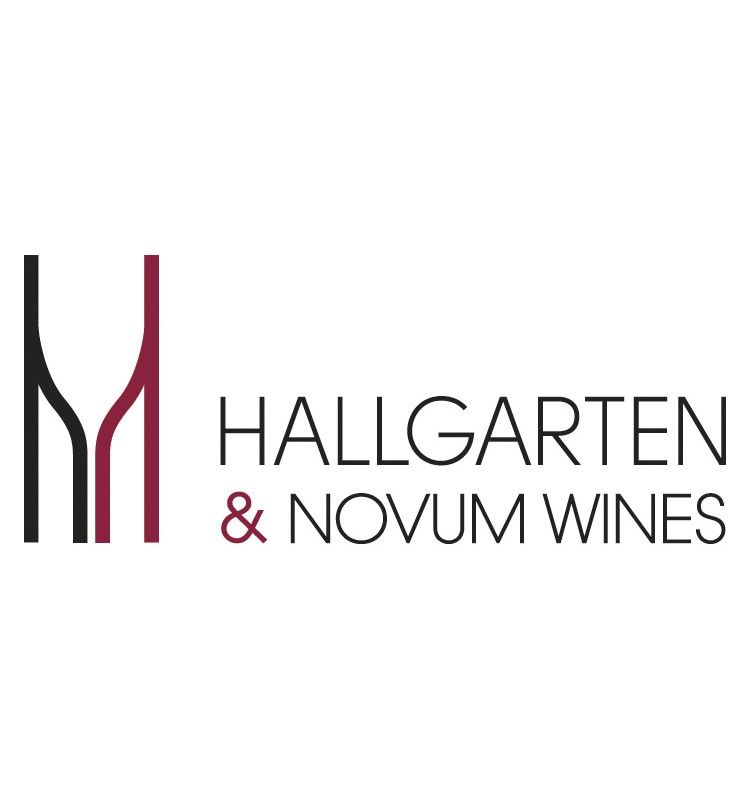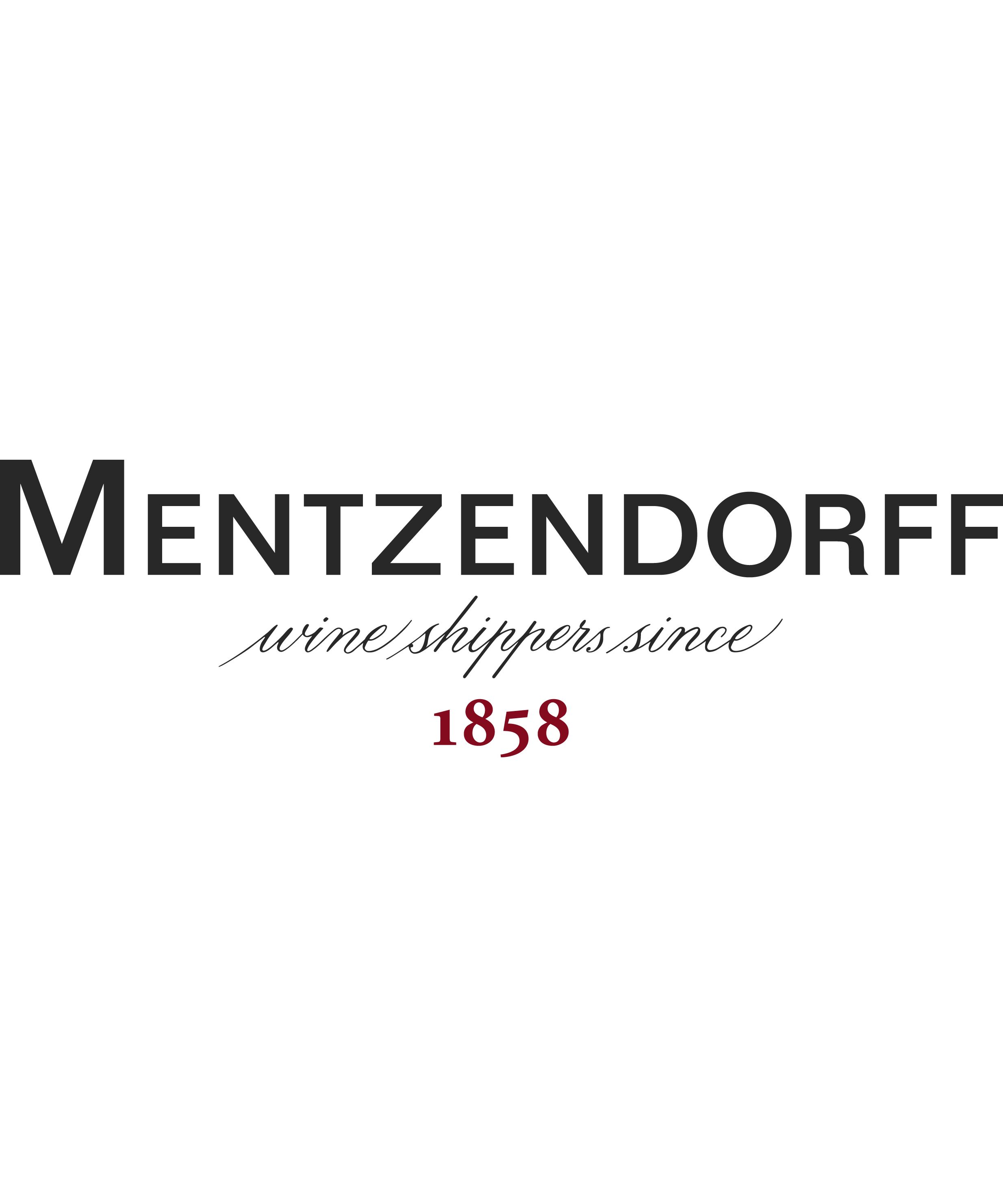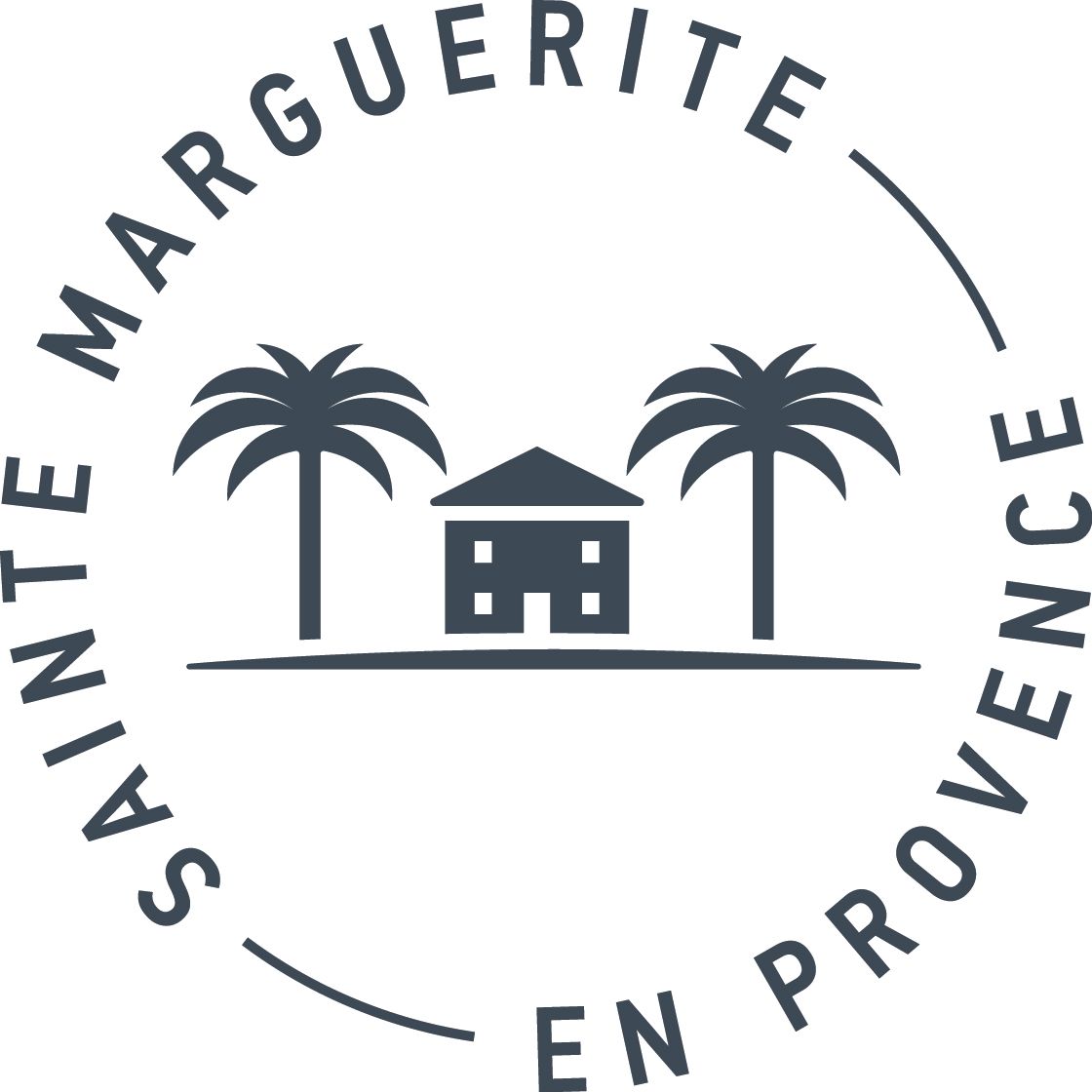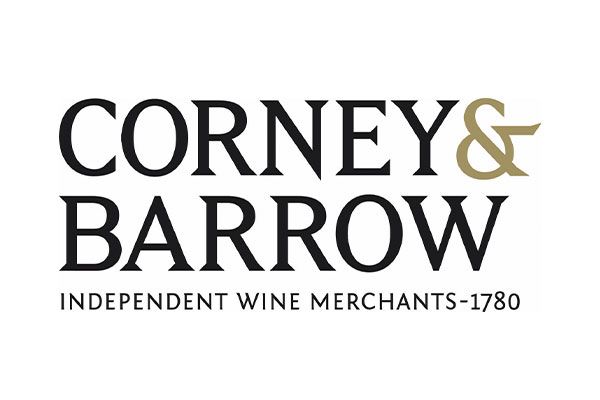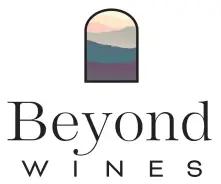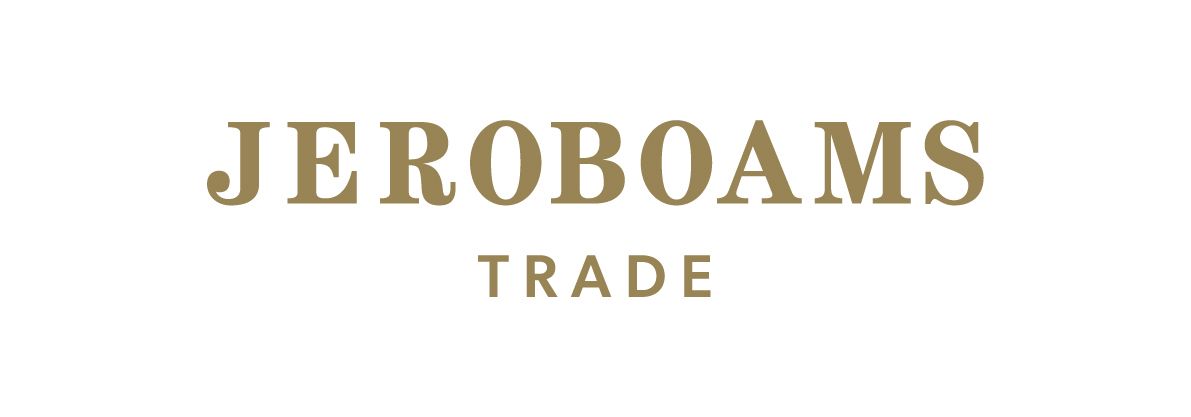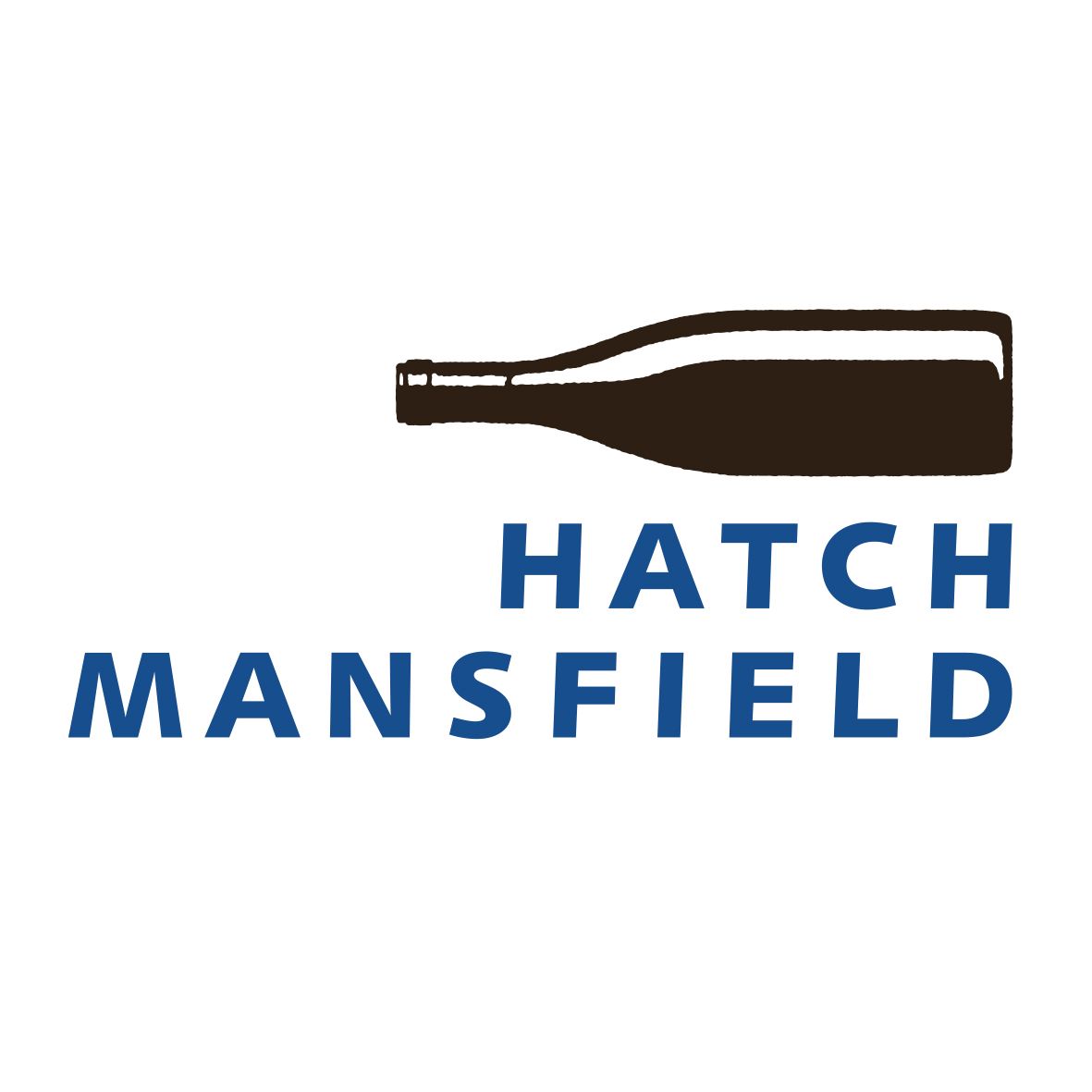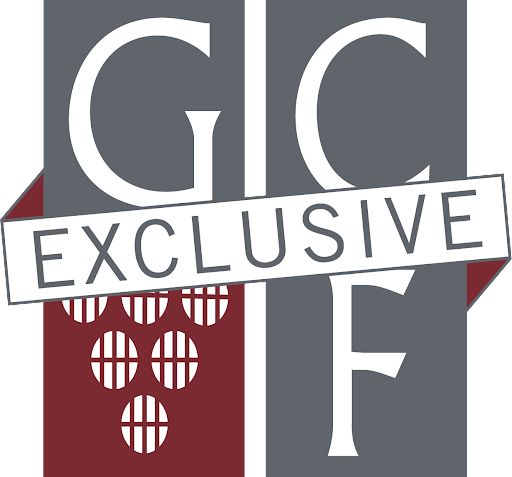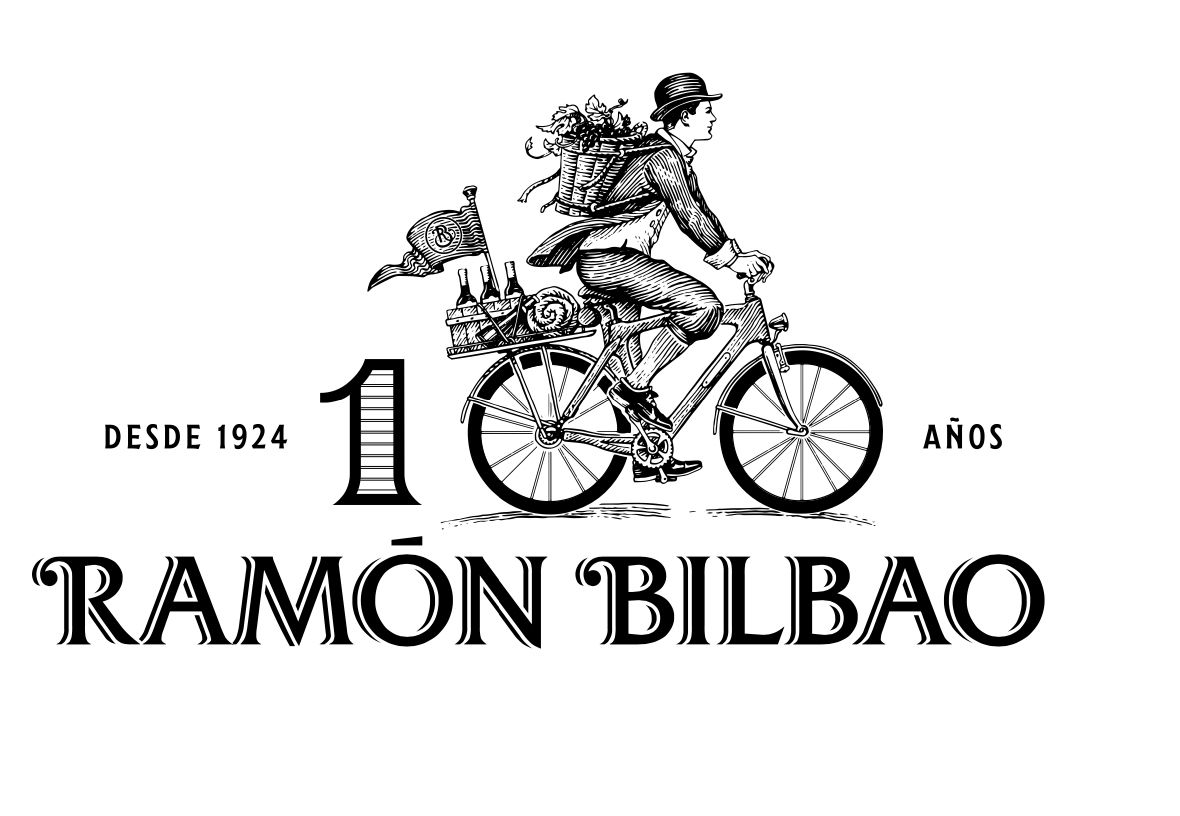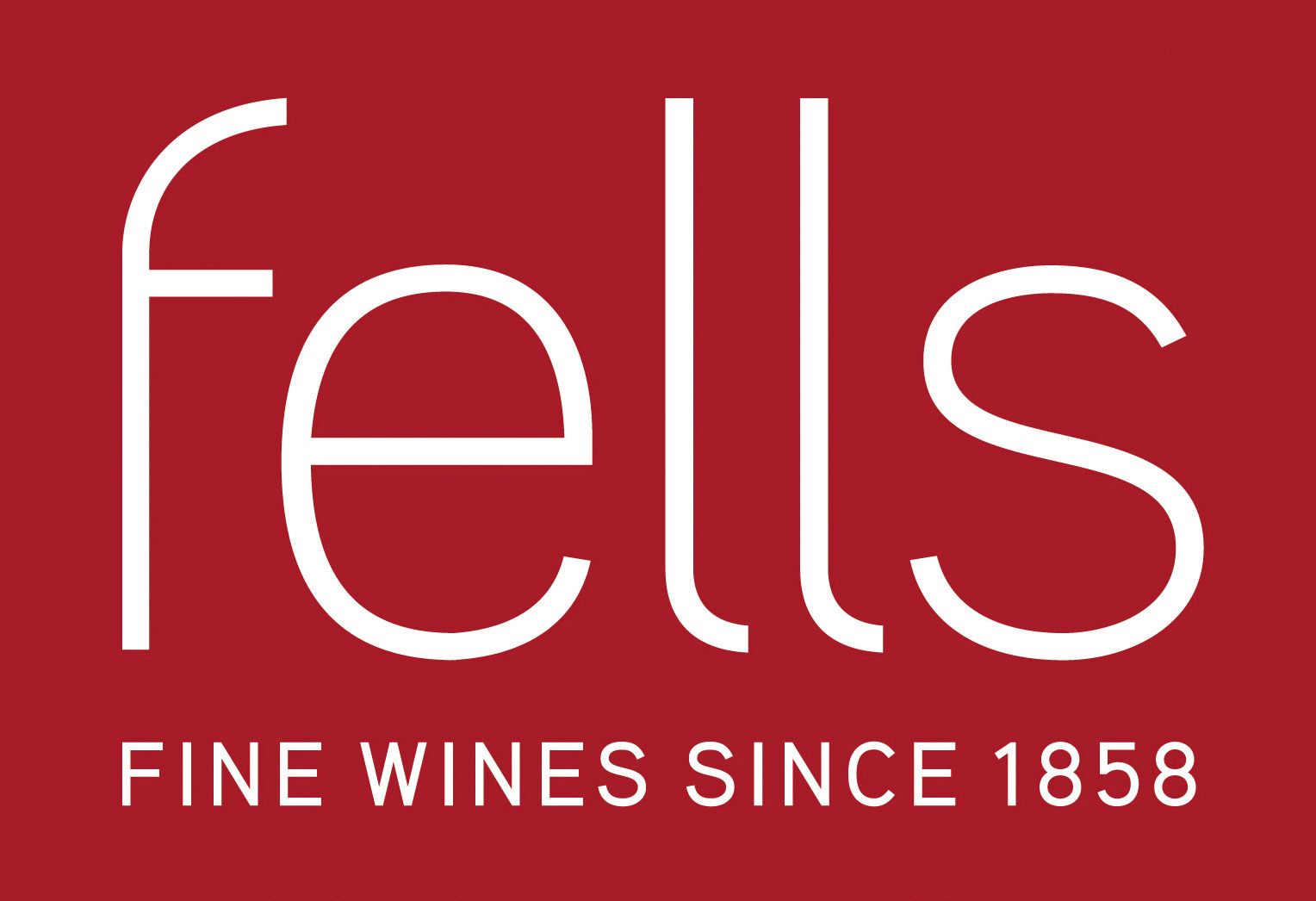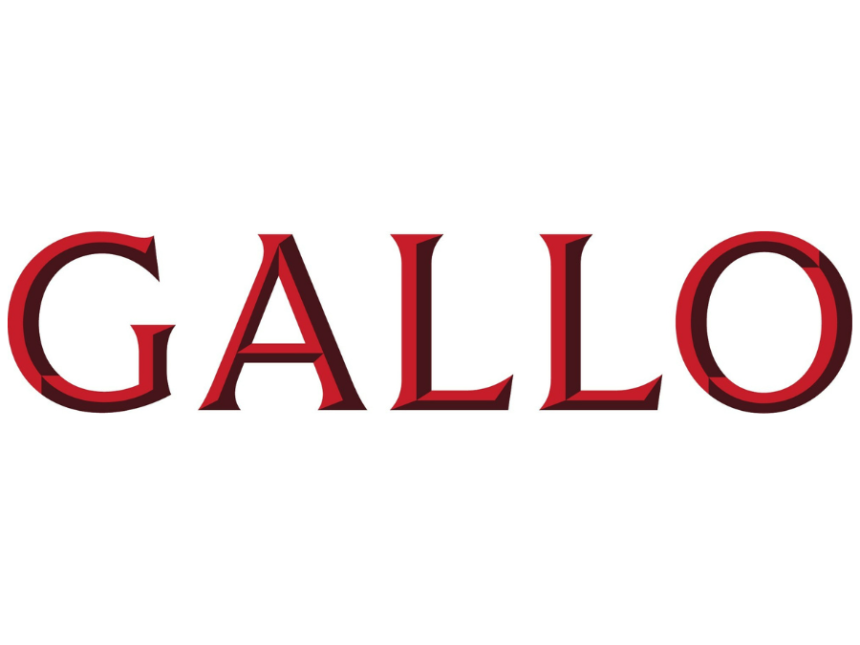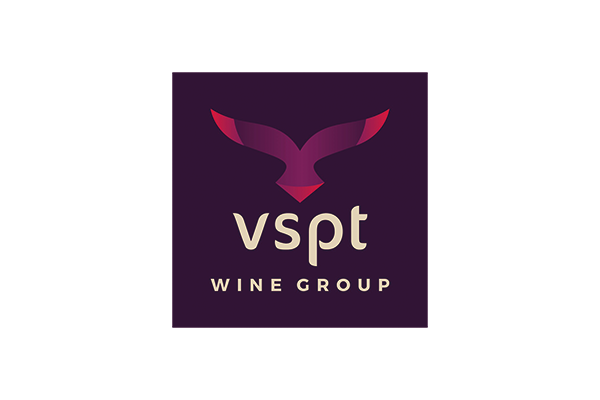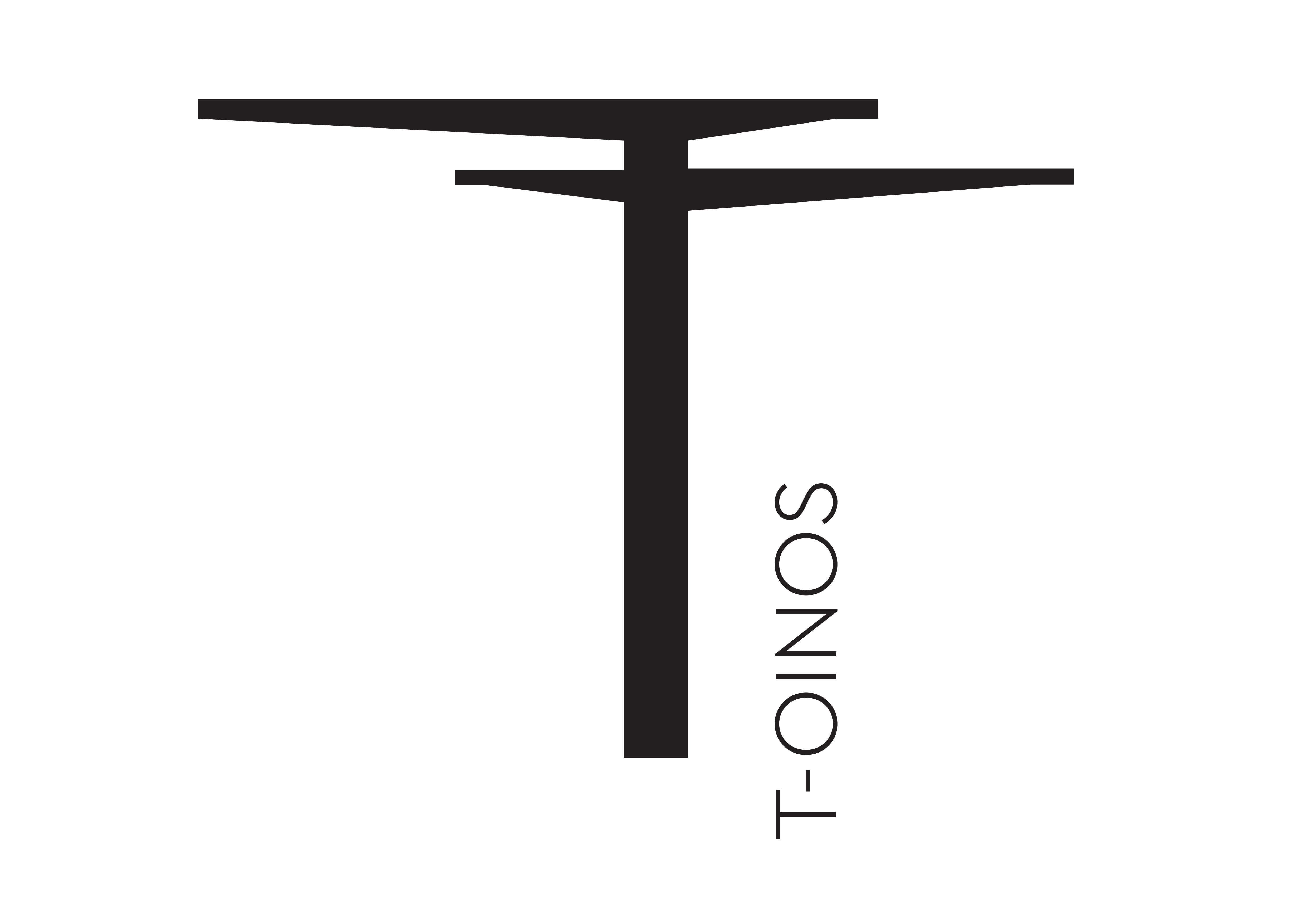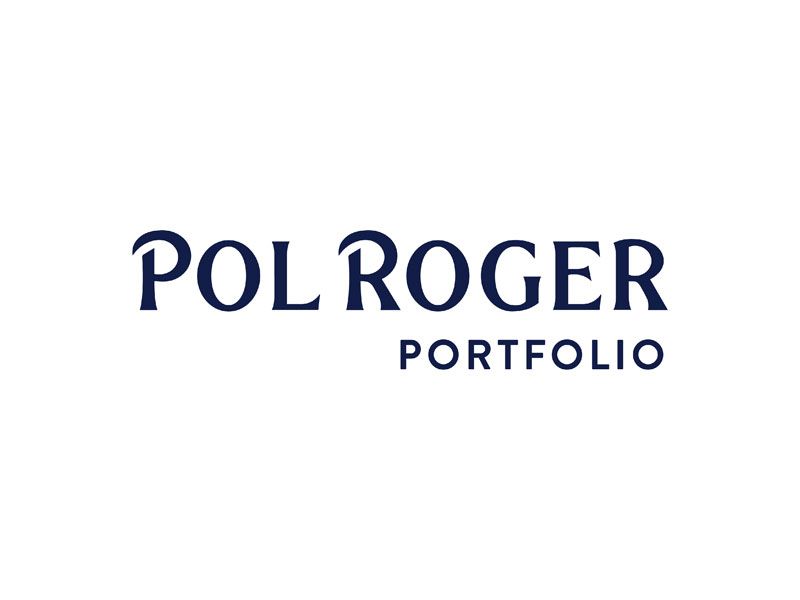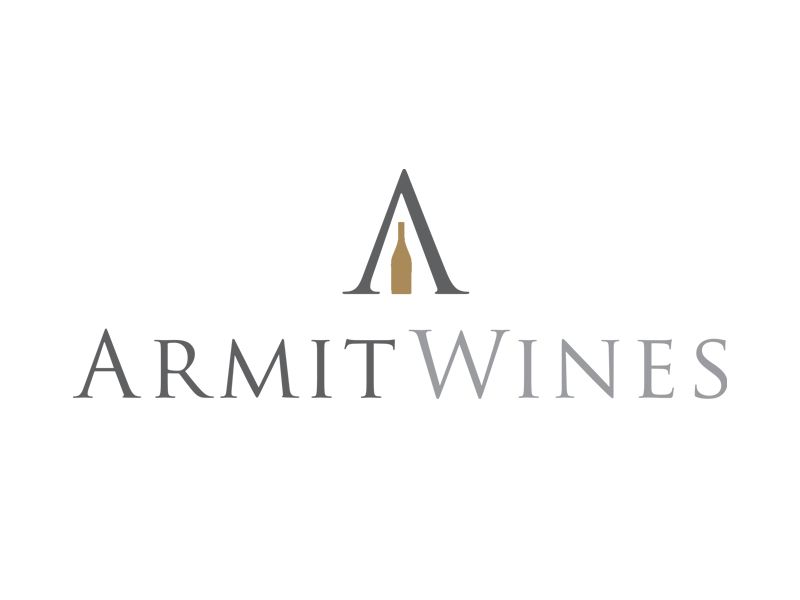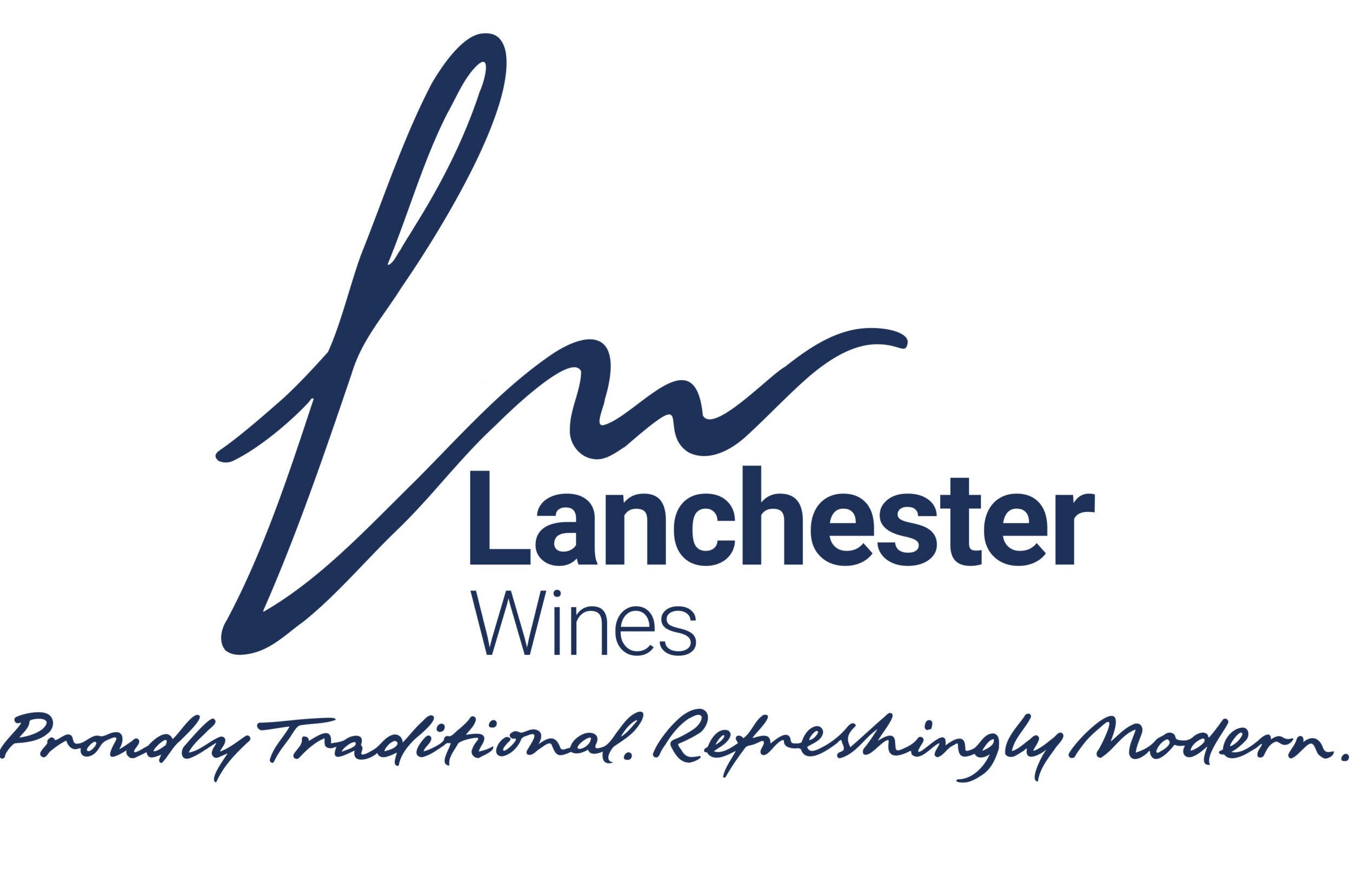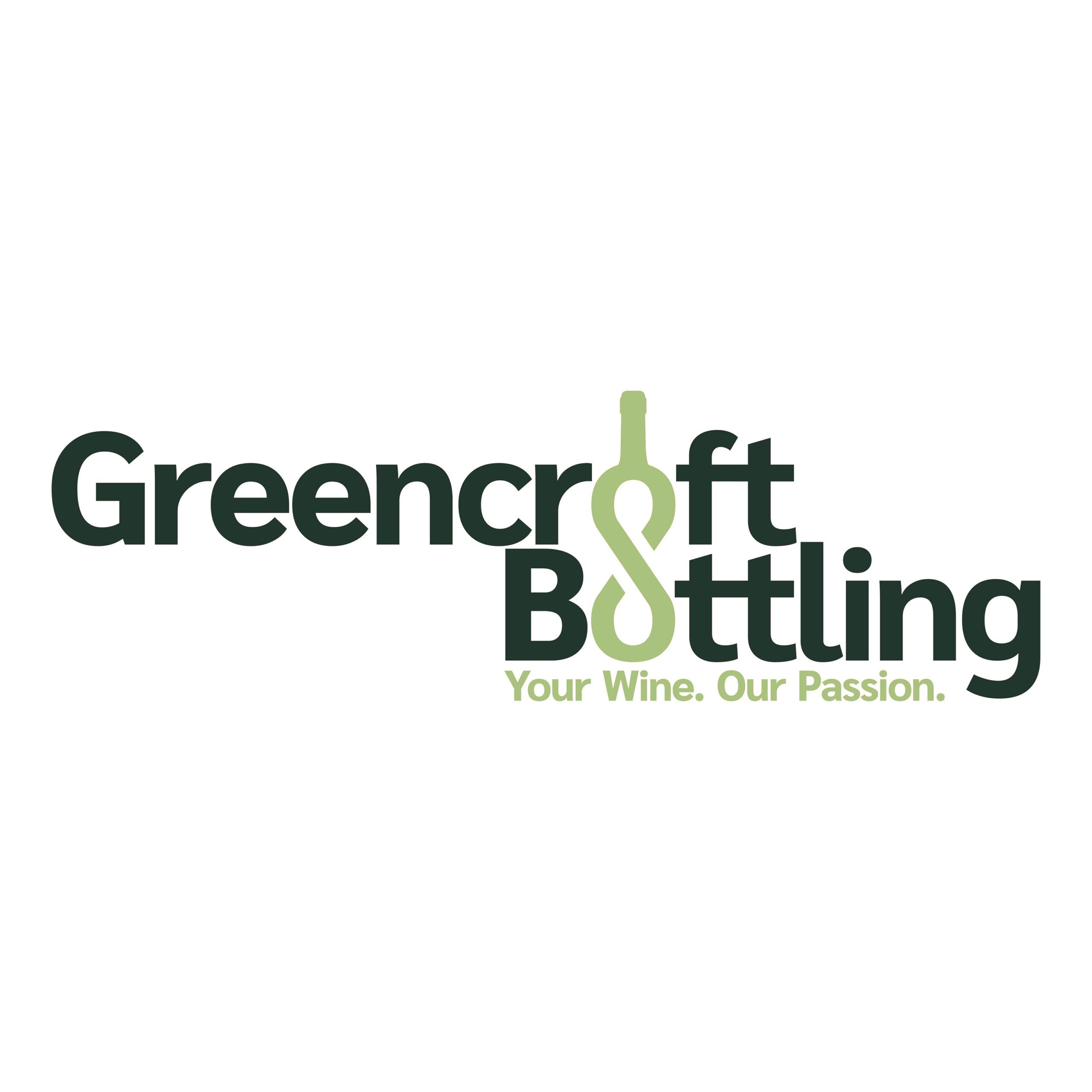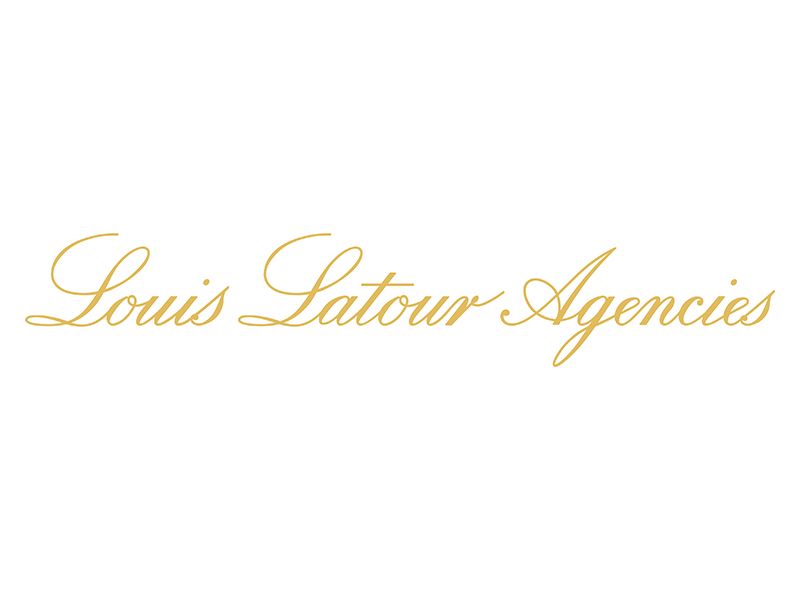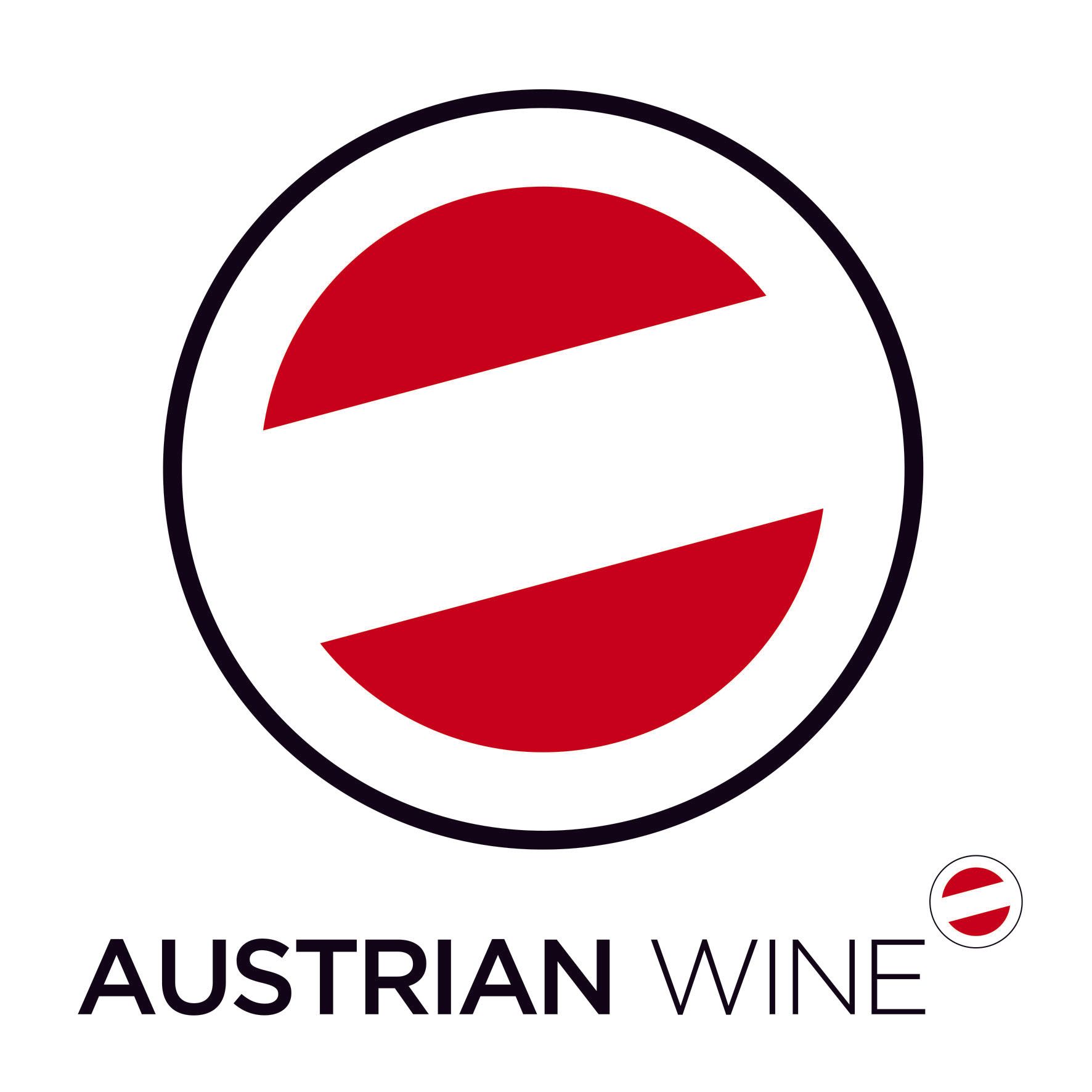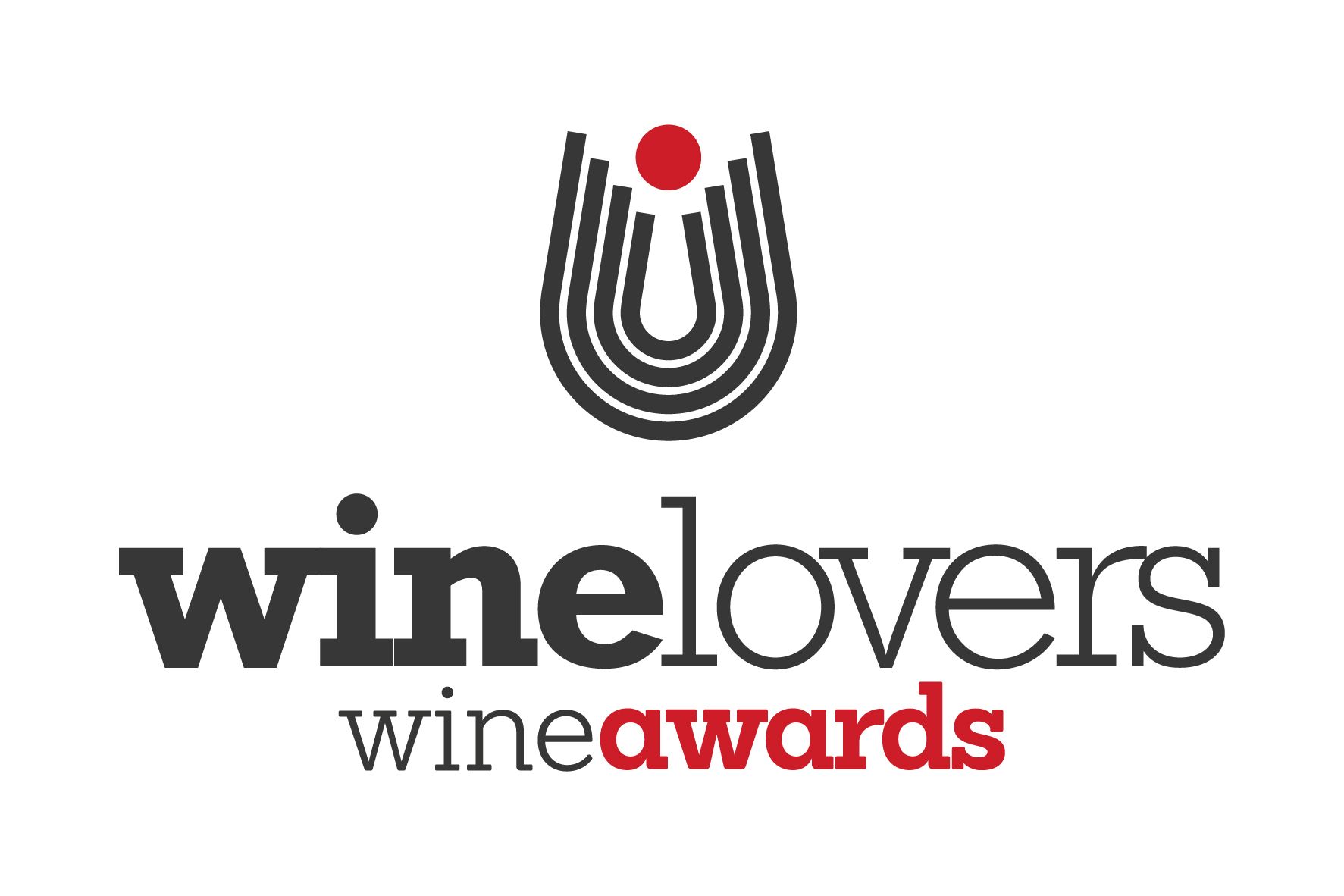Rollo has also perfected the use of drones in the vineyard – allowing him and his team to spot weak spots in the vineyard and micro-manage.
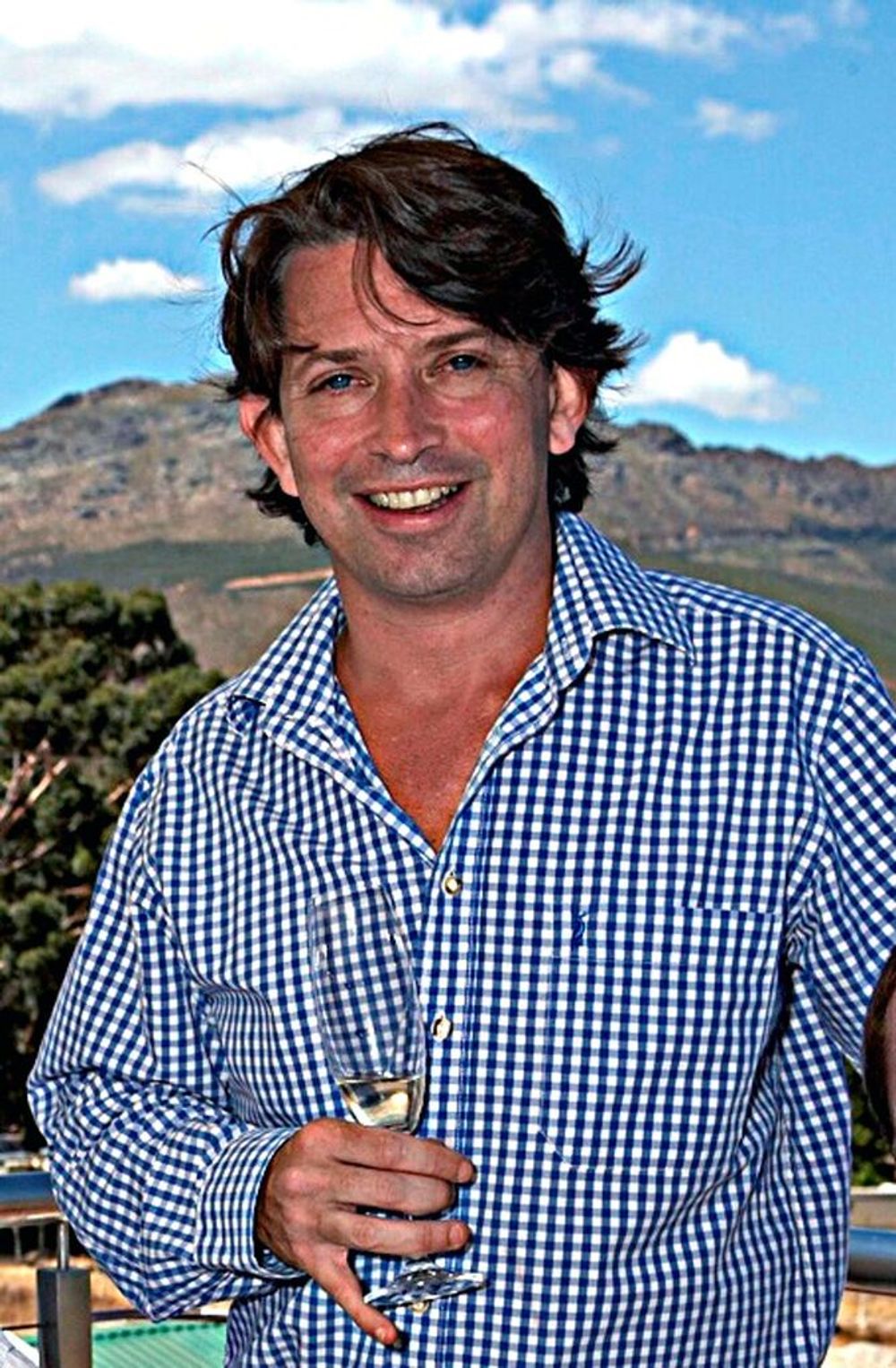
Rollo Gabb
You are claiming that you are one of South Africa’s most experimental wineries? How come?
I think Journey’s End is fairly unique in producing carbonic Cabernet Franc and carbonic Merlot. We are not only experimenting with carbonic fermentation tanks but a combination of layered effect of carbonic and traditionally (destemmed) treated grapes obtaining more structured wines with less of the candied fruit character.
We are only the second winery in SA to ferment a base (bubbly base fermented wine) in amphora (the first winery to trial this method in SA was Simonsig last year). They will be releasing this wine in the next couple of years as the first sparkling amphora wine in SA.
We are one of a handful of wineries using concrete tanks on Sauvignon Blanc which is something we are now focusing on to deliver beautiful aromatics while still retaining mouthfeel and weight.
We are one of the first four or five cellars to produce 100% amphora-fermented Chardonnay. “Back to the future” in some sense of the phrase.
I believe we were also one of the early South African entrants to utilise drone technology in the vineyards. We use drones to survey vineyard blocks which gather and incorporate data such as heat and sunlight, density of soil, drainage of water, shaded areas, topographies. When combined these give an indication of strong and weak points of vineyard blocks helping us to micro-manage our vineyards.
And we were one of the first South African wine farms to convert to solar energy… we have a very strong commitment to sustainable and ethical farming.
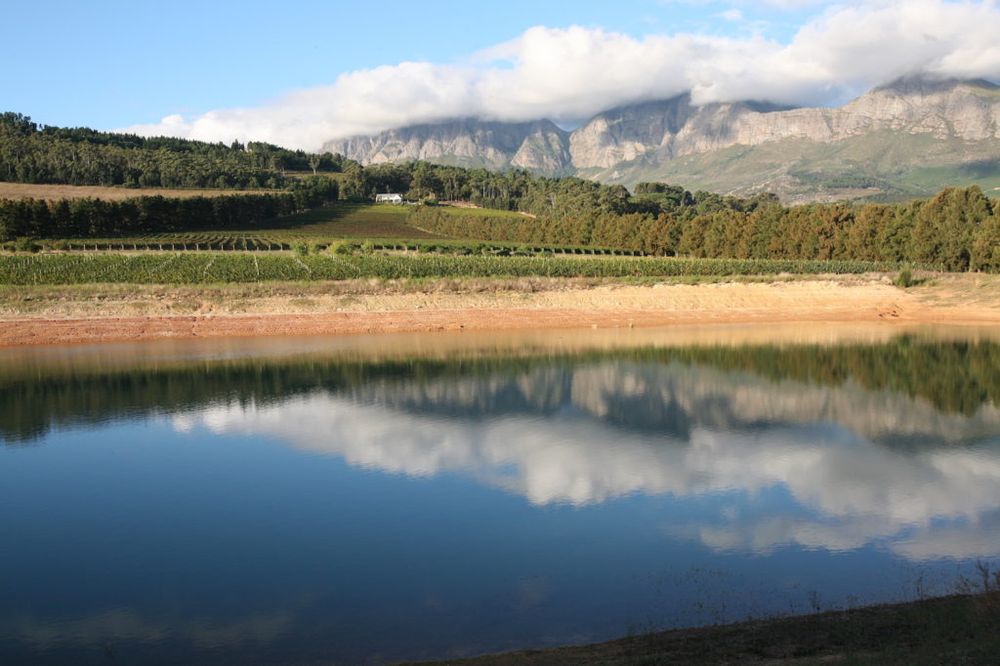
Journey’s End, Stellenbosch, 2019
How has the 2019 harvest been for you? And what are the wines looking like?
The 2019 vintage has been a very successful one in terms of wine quality at Journey’s End with good availability of water during the 2018 winter months allowing for the vines to pick up the necessary reserves and produce quality fruit. With this being said, a knock-on effect has been observed where the vineyards only seem to have just started recovering from a very difficult and lengthy period of low rainfall over the Western Cape. This has given rise to very low tonnages produced throughout the industry with reports from some areas dropping around 40% total tonnage in 2019. Journey’s End was not as significantly impacted as we only experienced a 10% total production drop in 2019.
During the late Autumn to early Spring period in 2018, strange weather prevailed with numerous heatwaves followed almost immediately by cooler temperatures and rain. This coincided with the Chardonnay budburst period and seemed to confuse the vineyards into ripening at different stages (even evident on the same vine). We tackled the problem of uneven ripeness of Chardonnay by moving through the vineyards three or four times and selectively picking riper bunches, this problem was not noticed at all on any of the other cultivars.
We received amazing analysis across the board with very nice high natural acidities and sugars rising perfectly with the vineyard’s phenolic ripeness. Problems were observed in the industry where sugars did not pick up and winemakers had to either pick grapes prematurely or risk the chance of mildew with quite a bit of rainfall arriving in sporadic bursts during late Summer (as if the 2019 winter had arrived prematurely). Journey’s End has no problems with mildew due to our proximity to the ocean and the ever-present coastal winds which remove moisture from the bunches. This allows us to extend the vineyard’s hang-time and produce highly concentrated grapes which are also very healthy.
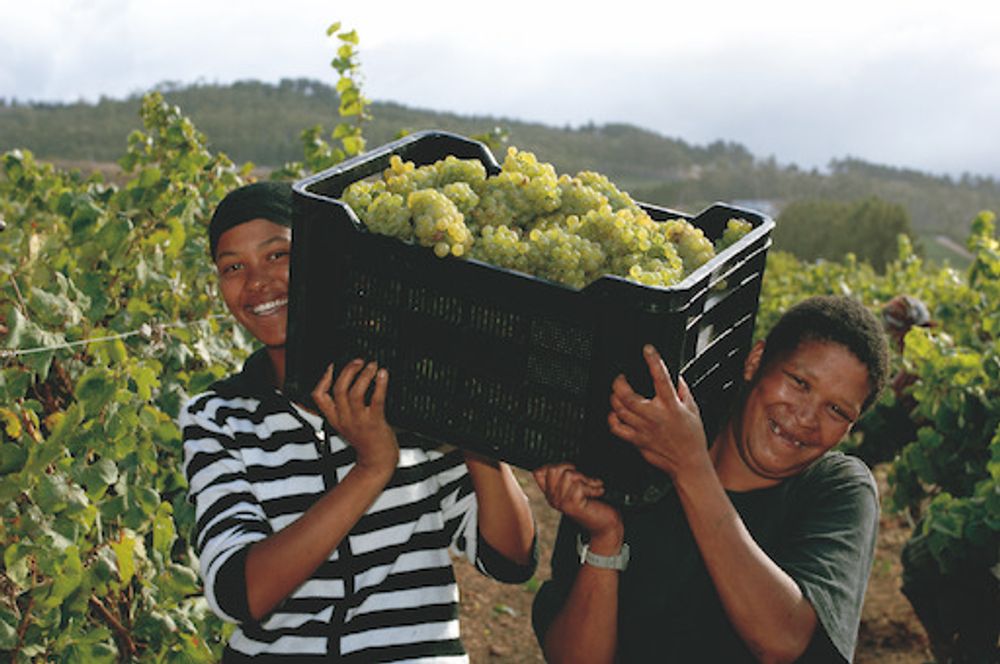
The 2019 Chardonnay harvest was spaced out which helped Rollo logistically
We are generally one of the later harvesting cellars and this year was no exception with our premium block of Cabernet Sauvignon coming in on the 10th of April which was almost a week later than ever recorded at Journey’s End. Our earliest pick of Chardonnay was done on the 28th January which illustrates another lengthy (although well-spaced out) vintage which worked very well logistically.
Minimalist winemaking is always the idea, especially as we are dealing with great natural acidities, low pH values, good ripening of sugars and phenolic ripeness as well as high nitrogen levels which aid fermentations. For this reason, we tried to slow down/choke all white wine fermentations with very low fermentation temperatures (10°C-11°C) to prevent fermentations from running away too quickly with the high nitrogen availability present. The build-up of fruit concentration has been incredible on the whites which are showing very well already aromatically and on the palate.
This concludes a very successful vintage at Journey’s End with quality being the operative word this year rather than volume.
Talk us through your wine range. What’s different about the three tiers of wines?
The ranges are differentiated by vineyard sites – resulting fruit quality and the way we have handled the fruit from vine to bottle to release into the market place. At the very top we have our Precision range – Destination Chardonnay, Cape Doctor Cabernet Sauvignon and Griffin Syrah. Each made with fruit selected from specific sections of single vineyard blocks at Journey’s End – with a small handful of our best barrels and amphorae selected for what are sought after, very small production wines.
Our V range is drawn again from 100% estate fruit – with 23-25 year old vines, handpicked and very rigorously selected. Whilst the components are treated very similarly to the Precision range, items such as oak regime differ on our Bordeaux varietals, there is less carbonic influence on the Syrah and a smaller percentage of amphorae or concrete eggs on the Chardonnays.
The Tales range is produced from estate fruit and fruit grown by our neighbours – principally the brilliant viticulturalist Andre Parker of Highberry and Myrtle Grove. Stylistically these wines are easy drinking, very well made ‘handcrafted wines’, not overly complex, but showing great fruit and good balance.
Why have you felt it necessary to change the look of your three tiers of wines?
The three tiers have emerged over time from four wines that we originally launched in 2005. Whilst there has been no change to the Journey’s End branding we felt we needed to fully reflect the character of Journey’s End, our winemakers and ourselves through our wines (less traditional) – more dynamic, quirky and innovative.
Are the wines themselves the same?
Whilst the Journey’s End wines are clearly all part of the same family – which is our distinct DNA, every vintage sees further innovation, experimentation and minor adjustments in style to try and keep ahead of the game. We are hugely excited by the wines we have yet to release from 2016, 2017, 2018 and 2019 vintage. We aim for every vintage to be a step up from the previous year.
The look of the Tales series seems similar to Rascallion and Bruce Jack wines – is this style of large font-driven label becoming increasingly important for SA wines?

An example of the redesigned labels
Large font driven labels have been in the marketplace for decades and are popular across the wine producing fraternity whether that be in Austria, Italy, USA, Spain, Australia, you name it. Whilst labels are important in helping to further project the identity of wines and the people behind them (as is the case with our new packaging) what is important for SA is to focus on the unique character and detail of every wine we produce both inside and outside of the bottle.
Our inspiration is drawn from a number of UK artists who we like as well as one or two American producers. We also draw inspiration from the Craft beer crew who, in our view, are very broadly a step ahead of the wine industry on ‘creative label engagement’.
Is the new look part of something bigger? Price rises? Entering different sectors of the market?
We are very happy with our strong and growing on-trade presence. We do have some very strategic off-trade listings to enable customers to buy our wines outside of the restaurant sector. This won’t change as it is working well. We do have a broader global strategy which is underway and the new designs are integral to this.
How important is the UK on-trade to your business?
We have a very solid presence in the UK on-trade many thanks to Bibendum and the support of their excellent team. We value the UK on-trade highly.
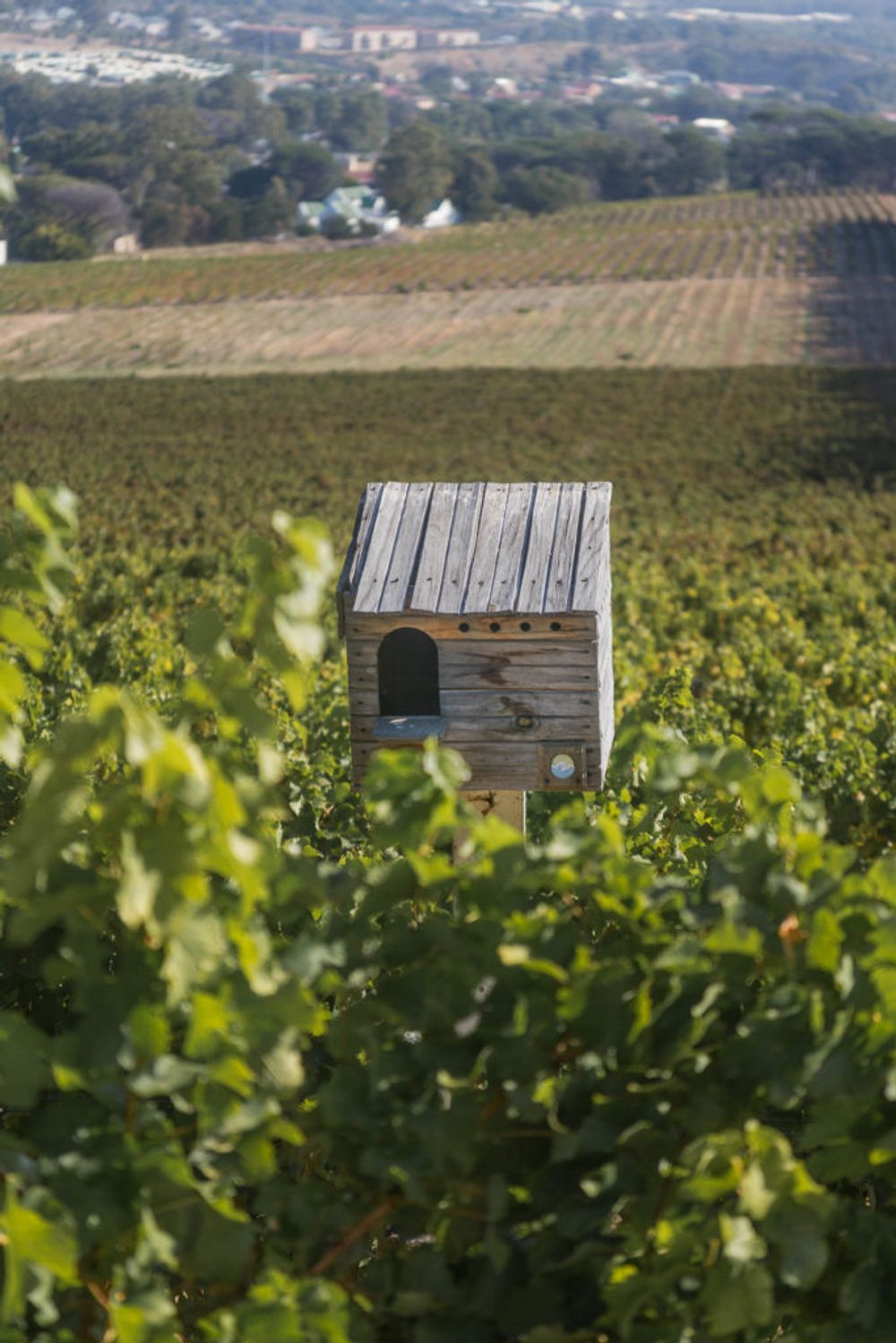
Bird boxes are used to encourage diversity within the vineyard
What level of sustainability are you operating at in Journey’s End? IPW, BWI, IFS
Yes all of those…we are IPW, BWI, IFS, and Fairtrade certified.
How long did it take you to get there?
We have been steadily picking up more and more accreditations over the past eight years and have a dedicated compliance officer who manages this side of the business for us.
What were the key hurdles? And how did you overcome them?
As we were already running our business to a high standard and looking after our team properly we didn’t have any real hurdles in achieving these levels of certification.
How active are you still with Premium Independent Wineries of South Africa (PIWOSA)?
Very active and still at the helm. After a hugely successful Cape Wine 2018 last September we have all taken time out to focus on the 2019 vintage. PIWOSA will be again delivering a series of highly engaging tastings and events shortly…watch this space!
What is the organisation’s objectives for the next 12 months?
Through working closely together and investing as a tight unit we will continue to do our bit in trying to raise the international profile of South Africa’s premium wine offering.
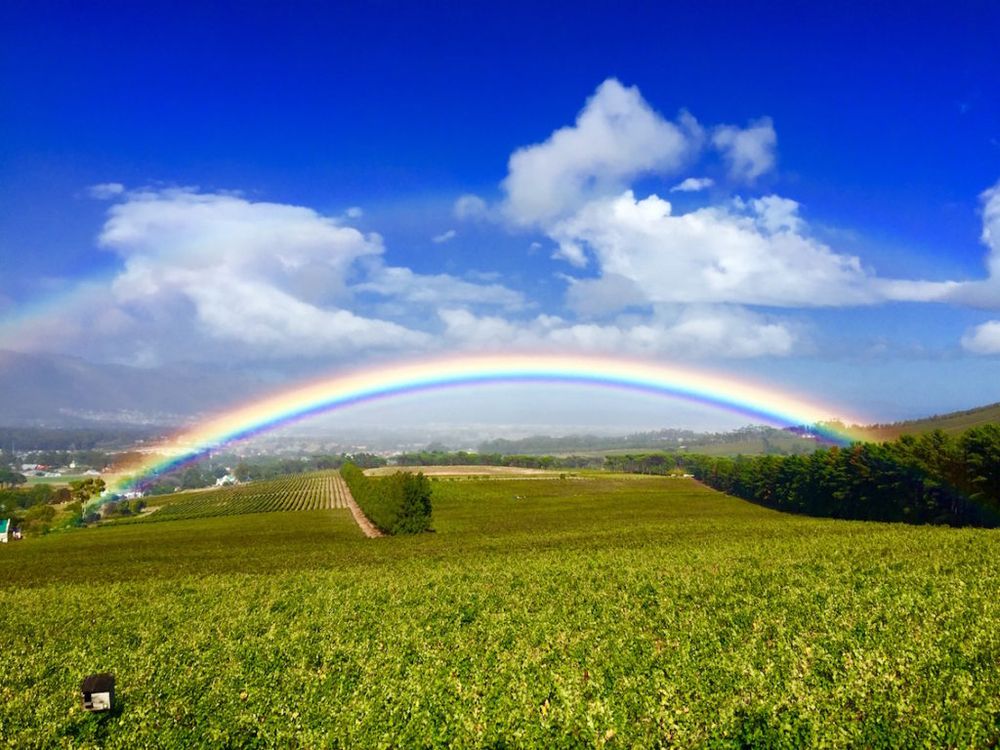
How confident are you that South Africa will be able to become a world player in the premium market?
Hugely confident – it just takes commitment, resource and teamwork. There is no doubt the quality is there. We just need to continually get out into the world and deliver as many quality roadshows and tastings as we can, whether that be PIWOSA, New Wave, Swartland Independent, Zoo Biscuits…whatever ! The more the merrier and the more energy and creativity that everyone can deliver getting out there into the world on behalf of South Africa the better.
Do you think that international buyers are prepared to pay more for SA’s premium wines? And if so by how much?
It totally depends which market you are looking at. There is, however, a growing understanding and acceptance that South Africa is producing wines worthy of the very top table.
Have the tensions between pricing demands and ethical/sustainable farming dissipated at all?
Pricing pressures are most evident as a result of heavily depressed yield due to the drought. Ethical and sustainable farming is increasingly becoming the norm for most producers and South Africa remains at the forefront of the sustainability movement with its IPW system. With SAWIS (South Africa Wine Industry Information & Systems) we can be proud that SA operates some of the best controls on wine production and export, whilst delivering arguably the very best quality / price ratio for wines in the world.
What is the one thing that you think Cape Wine 2018 changed for the better?
Cape Wine is consistently a brilliant exposé of the South African wine scene, with significant teamwork and commitment from the industry as a whole that demonstrates the quality, energy and creativity coming out of South Africa today. Cape Wine 2018 reinforced the fact that South Africa is producing not just some but a significant number of wines that sit comfortably at the very top of the international circuit. South Africa’s premium producers have the terroir, skill and energy to bring South Africa into the global spotlight, making it a real international success story.
The Journey’s End wines are imported into the UK by Bibendum.

